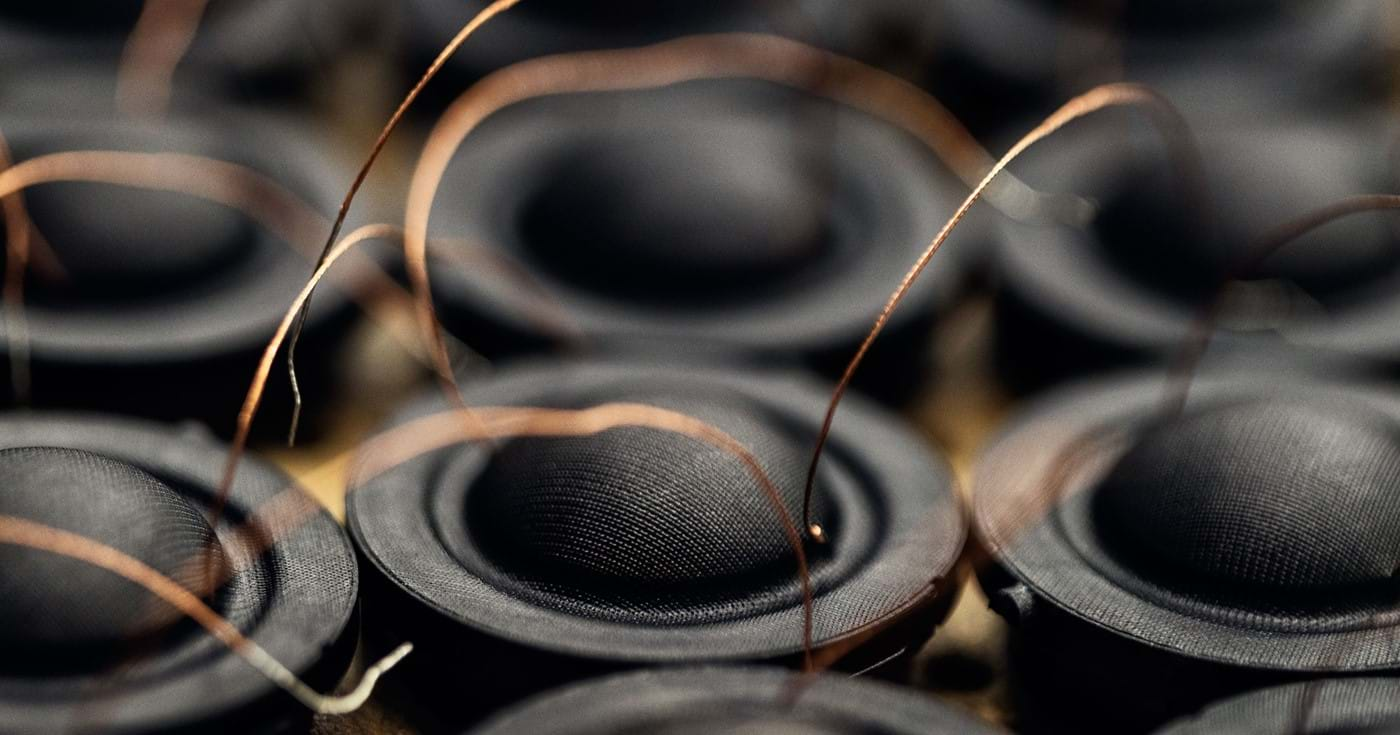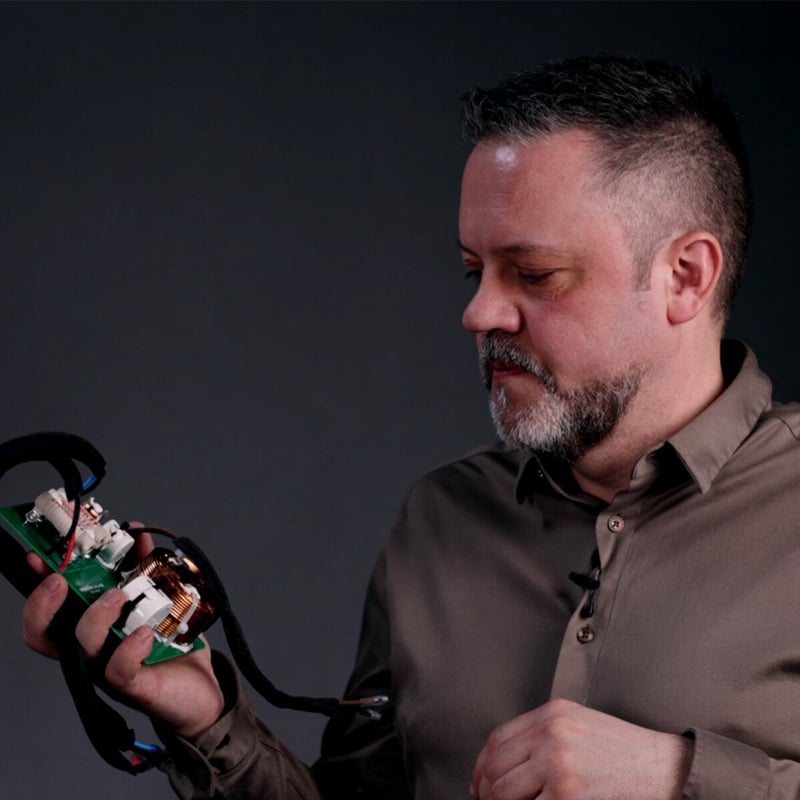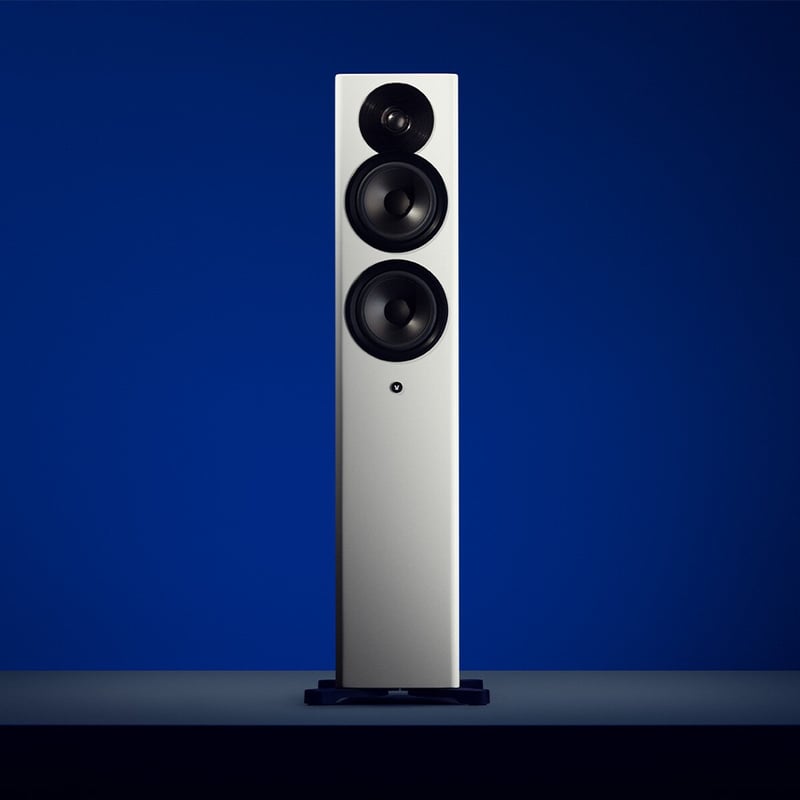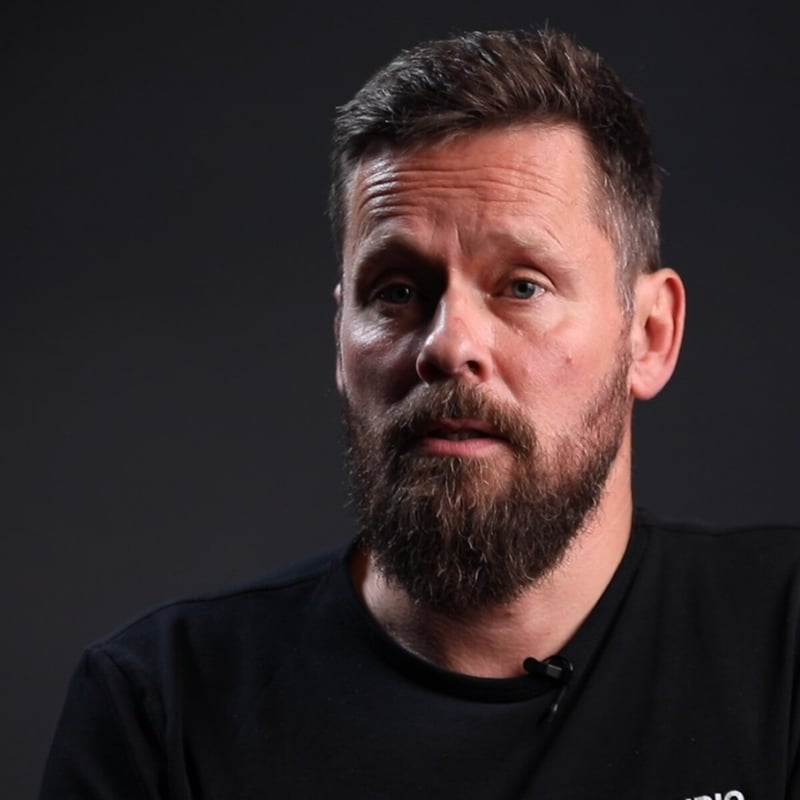Dynaudio started out by putting drivers made by other companies into tweaked off-the-shelf cabinets, with crossovers made in-house. But they still weren’t Right: it wasn’t all made in-house. And we all know there’s only one way to get something Right if no one else can do it…
“Whatever I do, I want to make a perfect thing. I talked to a lot of other engineers at the time, and I could see how limited their understanding of speaker technology was,” says Wilfried. “So we did it ourselves.”
That obsession with The Truth set them on the path to Right-ness.
They began in Skanderborg, Denmark. It’s a small town by a lake; you’d like it, it’s lovely.
And because there isn’t an awful lot to do in Skanderborg, they turned their attention to making the most honest speakers possible. That meant total transparency: simply reproducing the music that was fed to them from the original performance.The drivers available at the time just weren’t good enough, so they built their own – but it wasn’t just a test-the-water-and-dive-in job. They did their homework.
The drivers available at the time just weren’t good enough, so they built their own – but it wasn’t just a test-the-water-and-dive-in job. They did their homework.
Dynaudio was always striving to reach the next level; a level its established competitors – some of whom were leviathans of the hi-fi industry – either couldn’t get to, or hadn’t even realised existed.
Their goal? To stop picking apart frequencies and just… sit. Listen. Enjoy. “If a musician expresses what’s in the music, when you listen to it you aren’t analyzing it, it’s just emotion,” Wilfried says.
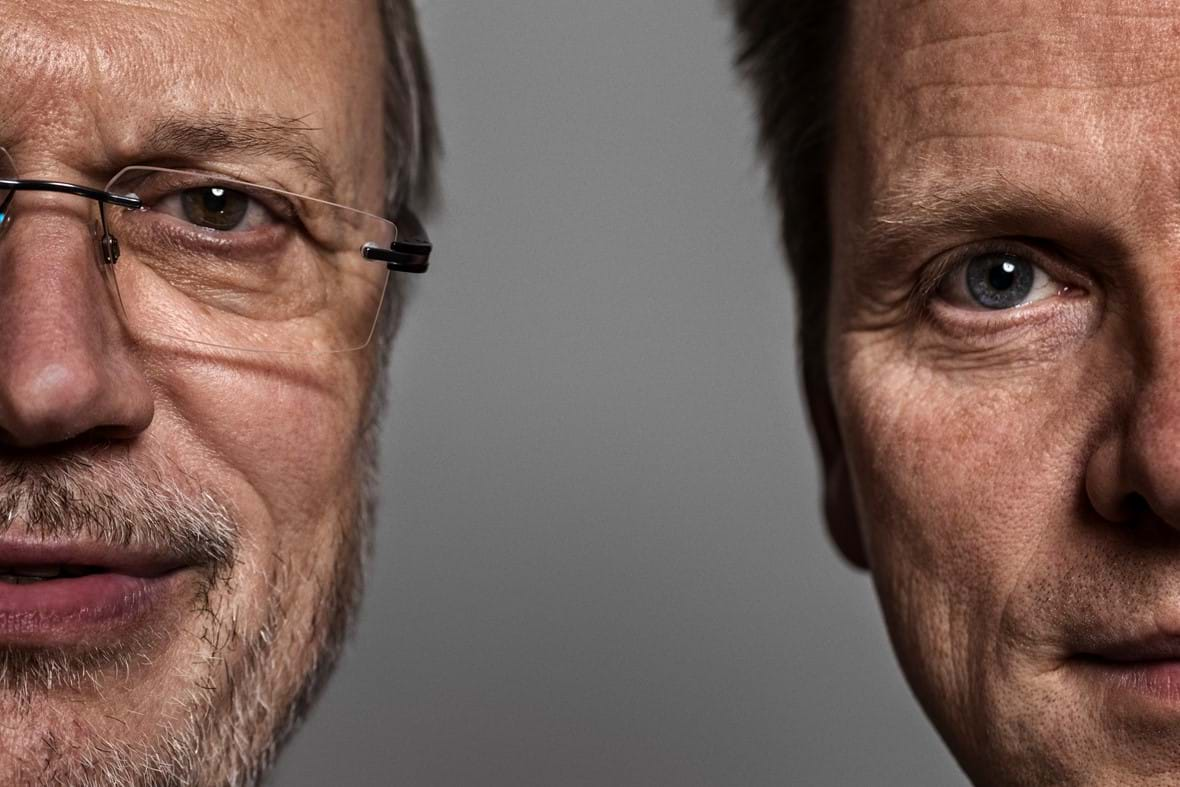
That philosophy – that pursuit of truth through emotion – permeates the entire company. There’s always another level to hit. Mark Thorup and Wilfried have been working side by side for decades – and they still agree on one thing: they’re living their passion and making a business of it. “We’re not doing it because we must. We’re doing it because we can,” says Mark.
“I’m very proud that we kept all our principles from the beginning; we didn’t have to change anything. Most concepts we started are still valid after 40 years, and I think this is very impressive,” Wilfried says.
“When I think back, I can’t understand how I have been so brave! When we started, I was only 22 years old, no experience, no background, just finished my studies – but I never had any doubt that we would be successful. We never did anything just for the money. Ever. I thought we might build a company with 30, 40 people or so, but it went better than I thought!”
It’s always been this way, ever since we started in one building in 1977, with a handful of employees. Now we have nearly 300… and they’re all fussy. Just as it should be. Our people are the key to everything we do: they know exactly how to create quality. They test, and listen, and test, and refine, and listen. They’re experts. It means if something isn’t right, we can fix it – not just change something else further down the line and hope it solves the problem. We do it at the beginning.
Magnets and wires and robots
The driver sits at the heart of it all. We develop and manufacture them all ourselves – right down to magnetising the magnets and winding the voice-coils. Winding is an automated process these days (although even the robots we built can’t escape the eagle eyes or ears of our quality-control people), but at one point even this was done by expert pairs of hands.
We use aluminium wire instead of conventional copper. It’s lighter, which lets us double the coil diameter for any given weight. It also lets us use longer windings – which gives the driver longer excursion and better heat dissipation. (And that, in English, means we have tighter control over the sound.)
We make our drivers in house too, from our own version of a material called MSP. The whole thing is made in one piece – including the dust-cap – so there’s no need for glue. (Although our engineers can tell the difference between different glues just by listening; never let it be said we don’t know how to have a good time.)
Building the motors
You might notice our cones are shallower than those of our competitors. That isn’t an accident, and it isn’t just because we want to be different. It’s to improve our speakers’ off-axis performance – so the sound you get off to the side is far closer to what you hear out in front… perfect if you have friends over and don’t want to give up the good seat.
There are other, less obvious details, too. Some you won’t even see – like the spider. That’s the springy piece of material that acts as the voice-coil’s suspension. It’s springy because it needs to control how much the voice-coil moves back and forth, and how much air there is behind the speaker cone. We’ve improved its symmetry by taking measurements and performing simulations – which improves the sound you hear.
It all sits in the basket. That’s the physical housing for the whole driver motor. The car around its engine (or, if you prefer, the Fort Knox around that precious gold). It’s just as important – so even though you can’t see it, we’ve spent just as much time refining its design as we have every other part of our speakers. Ventilation is crucial: it’s made to reduce turbulence behind the driver, which, again, helps them sound their best.
High-quality high frequency
Then there’s our signature soft-dome tweeters. We don’t let anyone else near them (apart from our talented team, of course). We’ve been refining our tweeter designs ever since we started out: geometry, shape, materials, stiffness… even the coating. We use the right amount, in the right places, at the right density, to control roll-off and keep a steady hand on the treble response. Because they aren’t made of metal, they have a flatter, more linear frequency response – and, we think, better sound.
But, in the end, it all comes down to our people. They’re fanatical about what they do (you really should check out one of our glue-listening sessions; they’re enlightening), and they’re incredibly proud of what they produce.
And, with our brand-new R&D facility that opened at the end of 2016, they’re even more excited about what new stuff they can come up with next…
Next up...
We talked to Andreas Eberhardt Sørensen, Senior Loudspeaker Driver Designer, about transducers in this episode of Ask the Expert.
Sign up to get more great articles
Nothing compares to the satisfaction of knowing – for a fact – that something is as good as it gets


